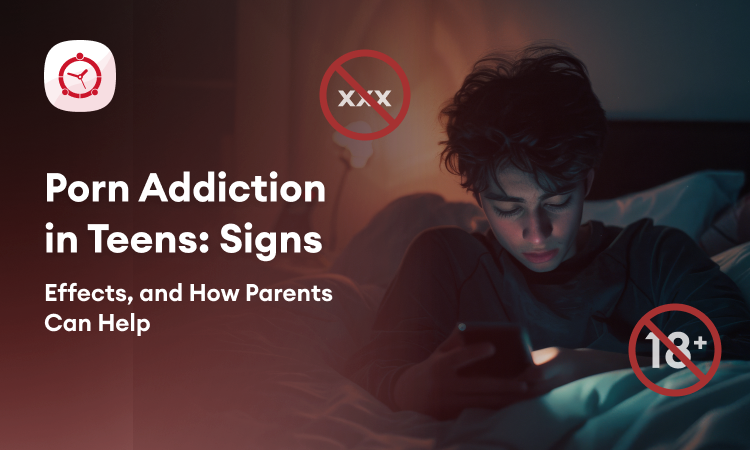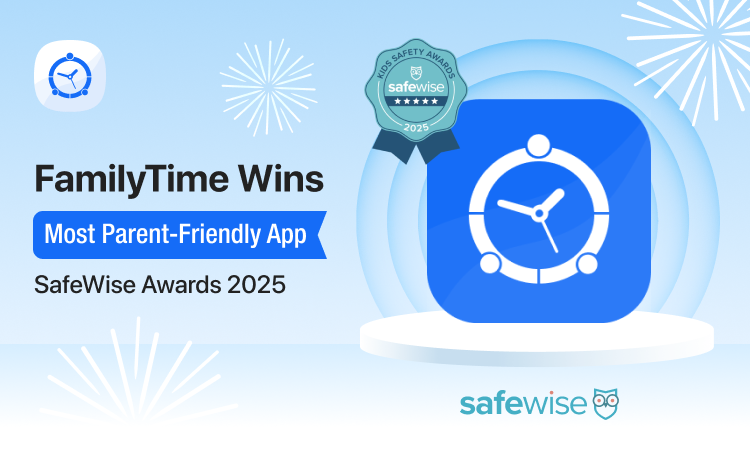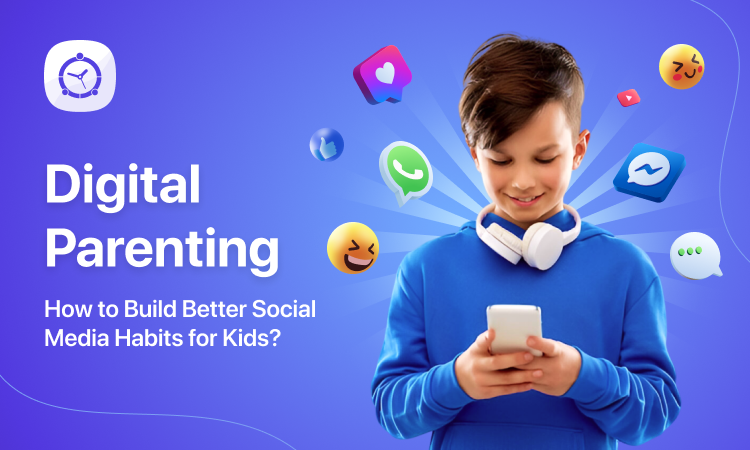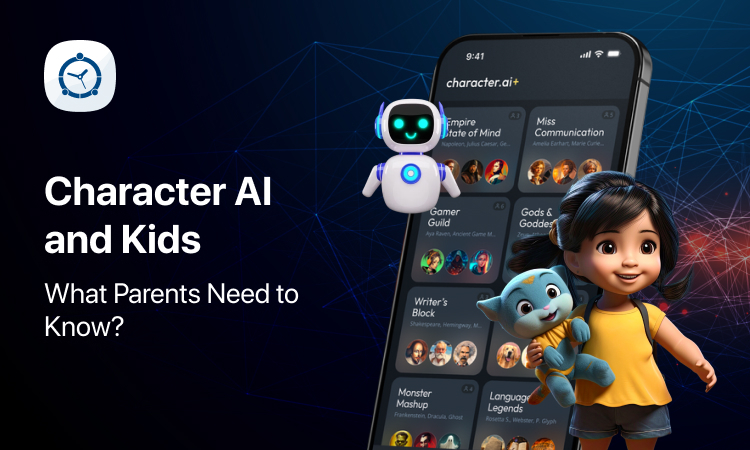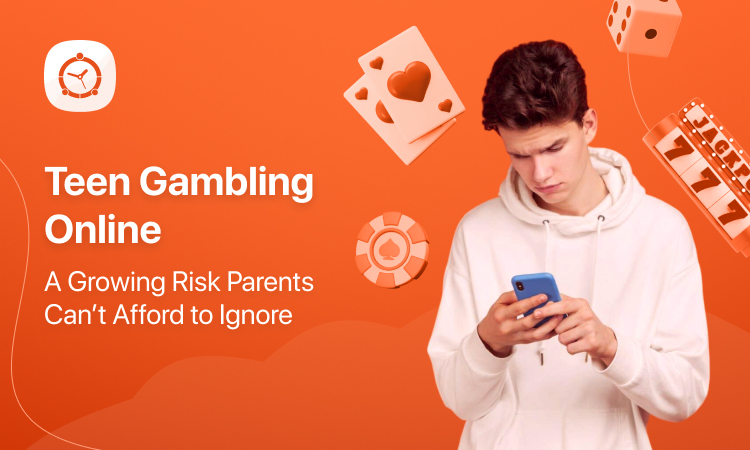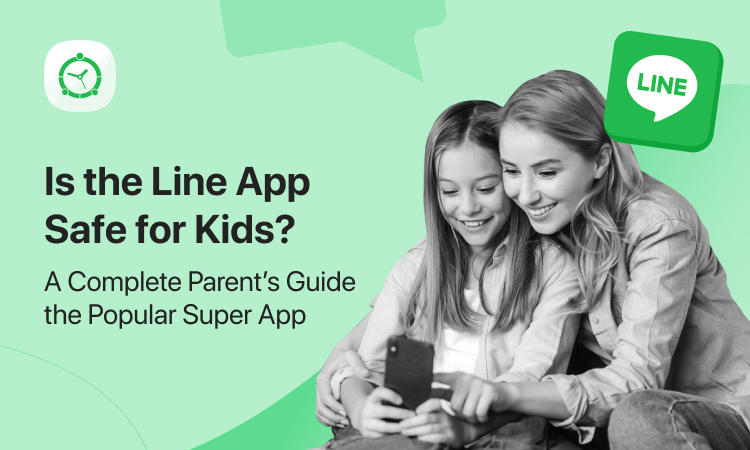You’re catching up on social media like Facebook and Twitter, and your teenager is already Snapchatting, Instagramming, laughing at memes.
The world of social media is moving at a dizzying pace. And, as usual, teenagers are the first to stay up to date with the latest trends, while parents have been stuck on Facebook likes since 2004.
Young people probably spend several hours a day socializing through networks, and it is not that we want to be the typical sober parents who are continually looking over their shoulders and trying to befriend their Facebook friends. We just want to make sure our kids are okay. That fear is triggered by what we have heard and read about the cyberbullying of adults posing as teenagers. Therefore, the information to know the risks that our children run does not hurt and, above all, to understand and learn how to use the tools they use in social networks.
It is advisable to start a conversation with our children about the use of social networks and chat about the pros and cons of each site where they have an account. For example, we can ask them how they would deal with negative comments about their appearance or a friend request from someone they don’t know or don’t know who they are.
Here is a small guide with the social networks that your children are probably using:
1. Snapchat
Send a message, take a photo and see how it fades. Snapchat is the instant way for teens to share moments with family. But beware, the messages may never actually disappear with a screenshot. It’s fun and easy to use, but you need to educate kids about the files to send.
2. Instagram
Image and video sharing portal for about a minute to keep up with friends. Kids and teens (and many parents) love it. It’s creative and fun. They can add special effects and share photos across multiple sites. They share their stories of limited duration on their profile. Although one of the attractions is getting the most likes on photos, sometimes the comments can be overwhelming. By default, all messages are public, so our children must learn to use privacy settings.
3. Kik
Kids love Kik Messenger because they can freely include videos, images and other web content in their conversations. They can also enjoy tons of online games, as well as sharing photos and news. Kik allows you to register without using a phone number and offers a wide range of people to chat and interact with. Children should be told that they cannot accept everyone, regardless of whether they have their phone number or not.
4. Periscope
Regardless of each opinion, Periscope is a social network that you hate or love. It does not have a middle ground. It allows people to upload and watch streaming videos (live). Like Twitter, you can follow other users, post their own videos, and comment on them. It can be a great way to connect with friends and family who live far away. One of the drawbacks and drawbacks that can be found with Periscope is that the videos can be recorded by another user and shared publicly. This is a real risk that we must take.
5. Twitter
Where could we be better informed than on Twitter? Know the news in real-time, stay up to date on the careers of our favourite singers or keep up with our friends. It is not only used by teenagers; adults have also fallen for the networks of its limited 280 characters to express opinions and share information in a concise way. Cyberbullying and trolling may be the reasons why Twitter has started to lose followers.
6. Tumblr
If 280 characters are not enough, don’t worry. Tumblr is a creative community that offers you to share and use blogs, photos, and much more. It is a good place to practice creativity and share interests with other users. But be careful, when sharing you have to make sure that the content to be published is what you want your friends to see.
Finally, it is necessary to make it clear to the children that there has to be a balance between virtual life and real life. It is very important that they are clear on the rules that they also have to spend time with their friends and family without any screen in between. To make and implement these rules in the lives of your kids, you take advantage of the FamilyTime parental control app that allows parents to schedule screen locks on kids’ devices while enabling them to look at the apps their kids use.
Keep tabs on your kids’ digital life and save them from every hazard. Happy parenting!


